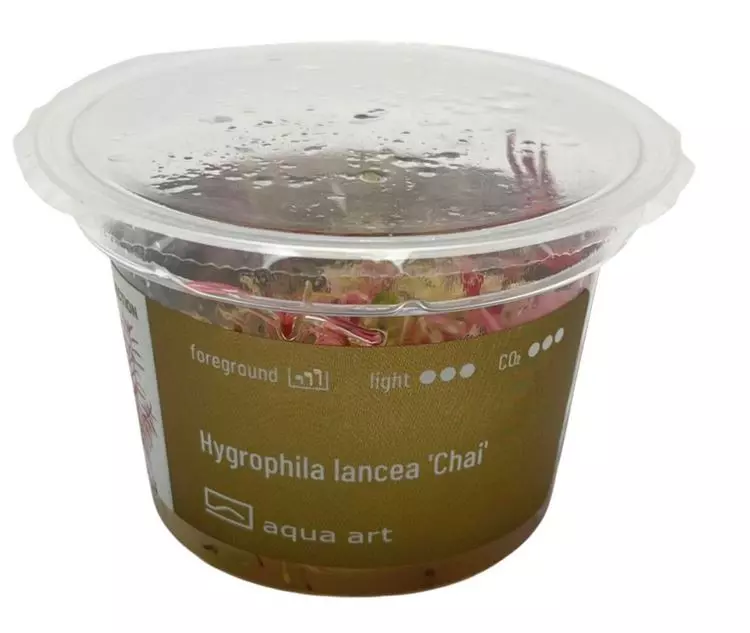Ludwigia brevipes is a multicolored tertiary stem plant. It turns a striking red-orange color that reproduces vegetatively.
- Cultivation difficulty: moderately difficult
- Light requirements: high
- CO₂ requirement: high
- Adult plant height: up to 40 cm
- Growth: medium
- Temperature: 20-28°C
- Placement in aquarium: third level
- Origin: North America
- Shell diameter 6 cm
Ludwigia Brevipes (Ludwigia sans-tail) is a tertiary plant, although it can be used successfully as a secondary plant in larger tanks due to its tendency to overgrow the aquarium substrate.It is found along the northeast coast of the USA.
In aquaculture, this plant has lanceolate leaves that are up to 3 cm long and 5 mm wide. It is characterized by multicolored depending on the amount of light, distance between stems or water parameters.
Ludwigia brevipes, like all plants that turn shades of red, needs carbon dioxide, strong light and fertilizer containing Fe-iron. The initially green leaves turn red-orange only under favorable conditions. Ludwigia brevipes is described as moderately difficult to grow. It tolerates a wide range of water parameters. It needs a temperature of 20-28°C. It grows in soft to hard water, but definitely thrives better in soft water, down to 10 degrees. It is often confused with Ludwigia acurata, although it forms denser clumps than the latter.
As with any stalked plant, propagation is easy. Simply cut off the top and plant it in the ground. Planted in a group, it creates a beautiful effect mimicking a sunset in the aquarium, especially when planted behind gray rocks.
Planting: The plant must be removed from the cup and thoroughly rinsed from the gel under running water. This is best done by placing the plant in a container of lukewarm water. Most of the gel will then fall off by itself. Divide the contents of the cup into 3-4 cm lumps and then place them in the substrate.
.













.jpg)














